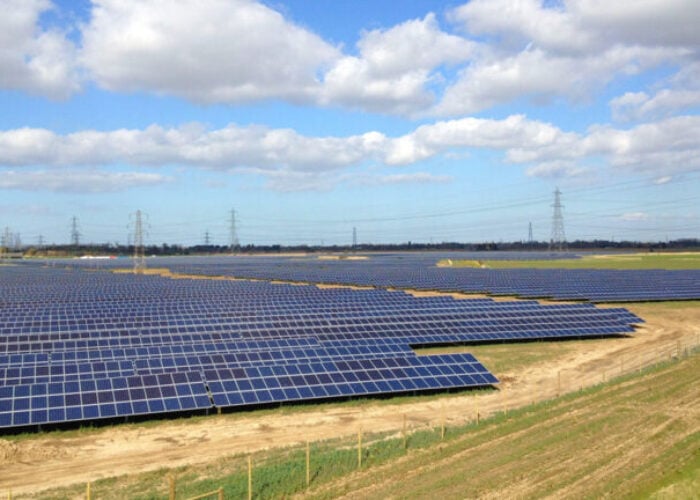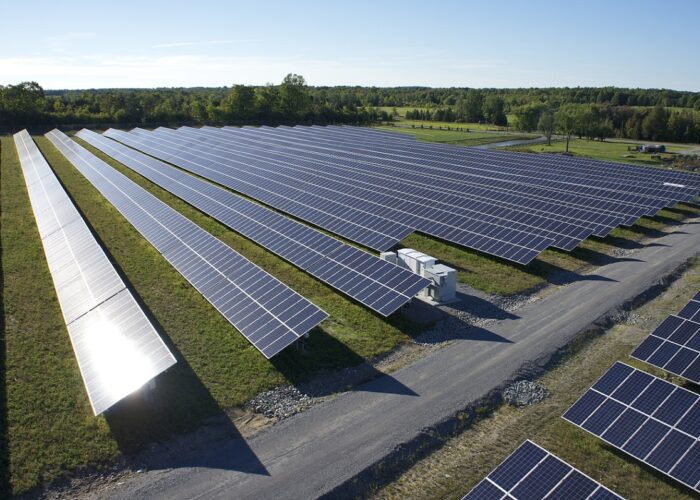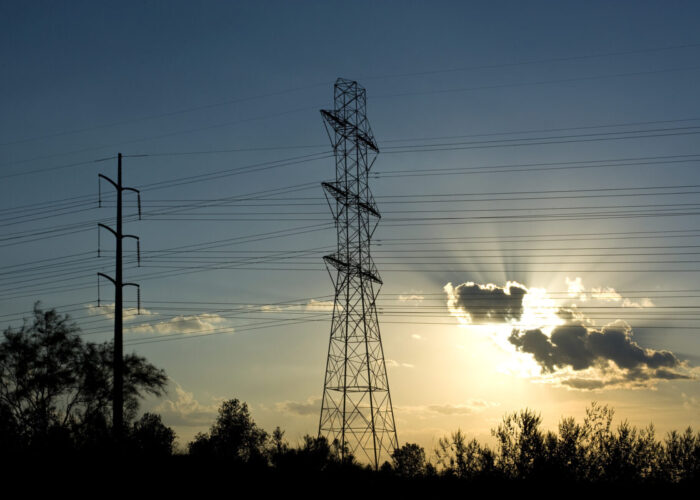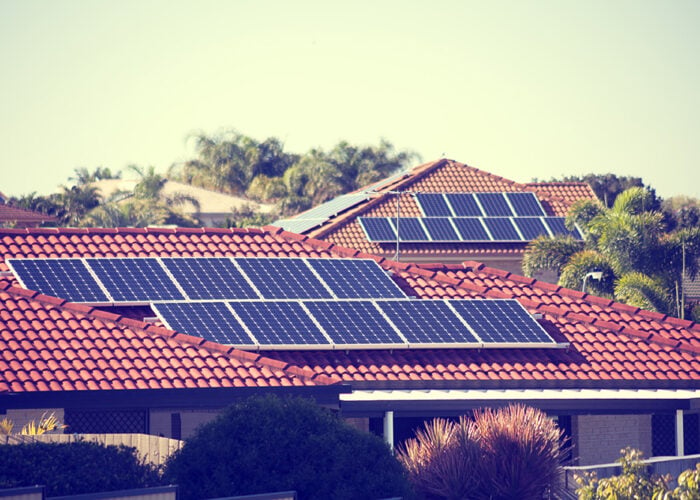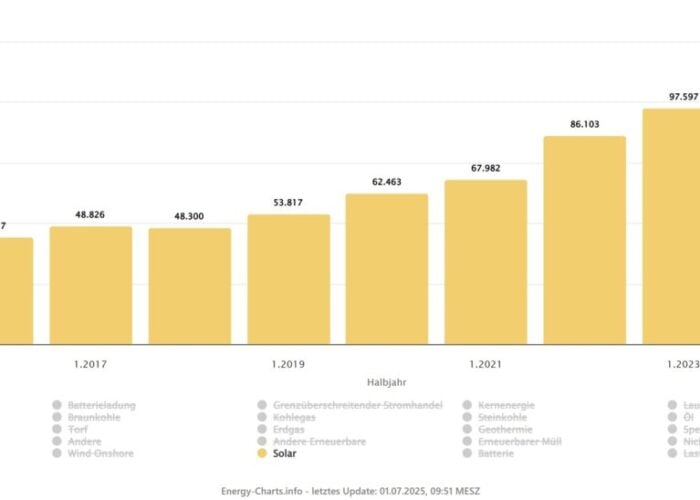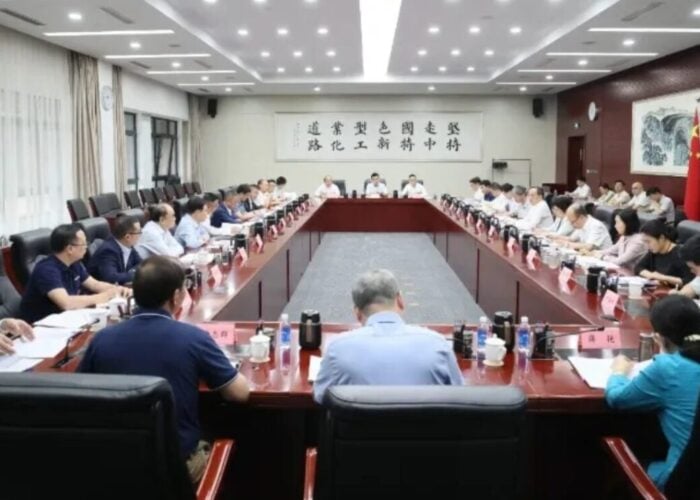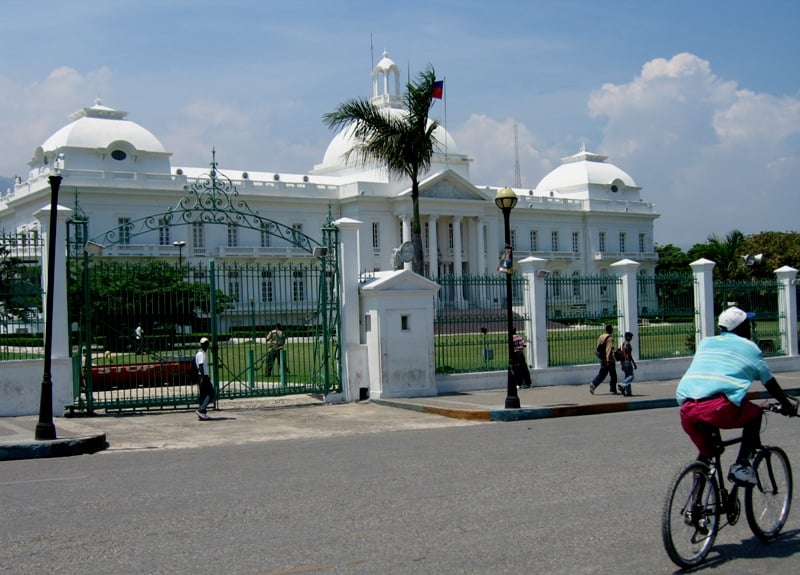
Haiti will use development money to rebuild its battered post-earthquake power infrastructure with off-grid projects.
Mini-grids and pay-as-you-go solar will be among the schemes backed by the Off Grid Electricity Fund (OGEF), a creation of Haiti’s government and the World Bank.
Unlock unlimited access for 12 whole months of distinctive global analysis
Photovoltaics International is now included.
- Regular insight and analysis of the industry’s biggest developments
- In-depth interviews with the industry’s leading figures
- Unlimited digital access to the PV Tech Power journal catalogue
- Unlimited digital access to the Photovoltaics International journal catalogue
- Access to more than 1,000 technical papers
- Discounts on Solar Media’s portfolio of events, in-person and virtual
An initial US$17.22 million pot will be deployed via equity and debt investments over 10 years, with plans to top up the fund in the future.
OGEF will be bankrolled by the Clean Technology Fund – a multi-donor trust run by the World Bank – and the low-income nation renewable scheme known as SREP.
Allocations will be jointly overseen by impact investor Bamboo Capital Partners and Haiti’s development finance institution FDI, or Fonds de Développement Industriel.
Boosting 5% rural electrification rates
Over the next decade, OGEF will aim to extend electricity to some 200,000 Haitian households. Less than 33% of homes – 5% in rural environments – currently enjoy such access in the Caribbean country, still grappling with the aftermath of a 2010 earthquake thought to claim over 300,000 lives.
Several solar schemes have sought to shore up the ailing grid in the years since the catastrophic event.
SolarWorld and Sharp Europe both launched programmes to power hospitals and other buildings, whilst NRG Energy completed projects in early and late 2012 with the help of the Clinton Foundation.
On the institutional side, a US$45 million solar programme was launched in the same year by then-president Michel Martelly; the goal was to supply homes with kits with the help of bank loans.
Meanwhile, the World Bank’s own work to boost power access goes back to at least 2017, when it approved two US$35 million grants to support rural electrification and mini-grids.

